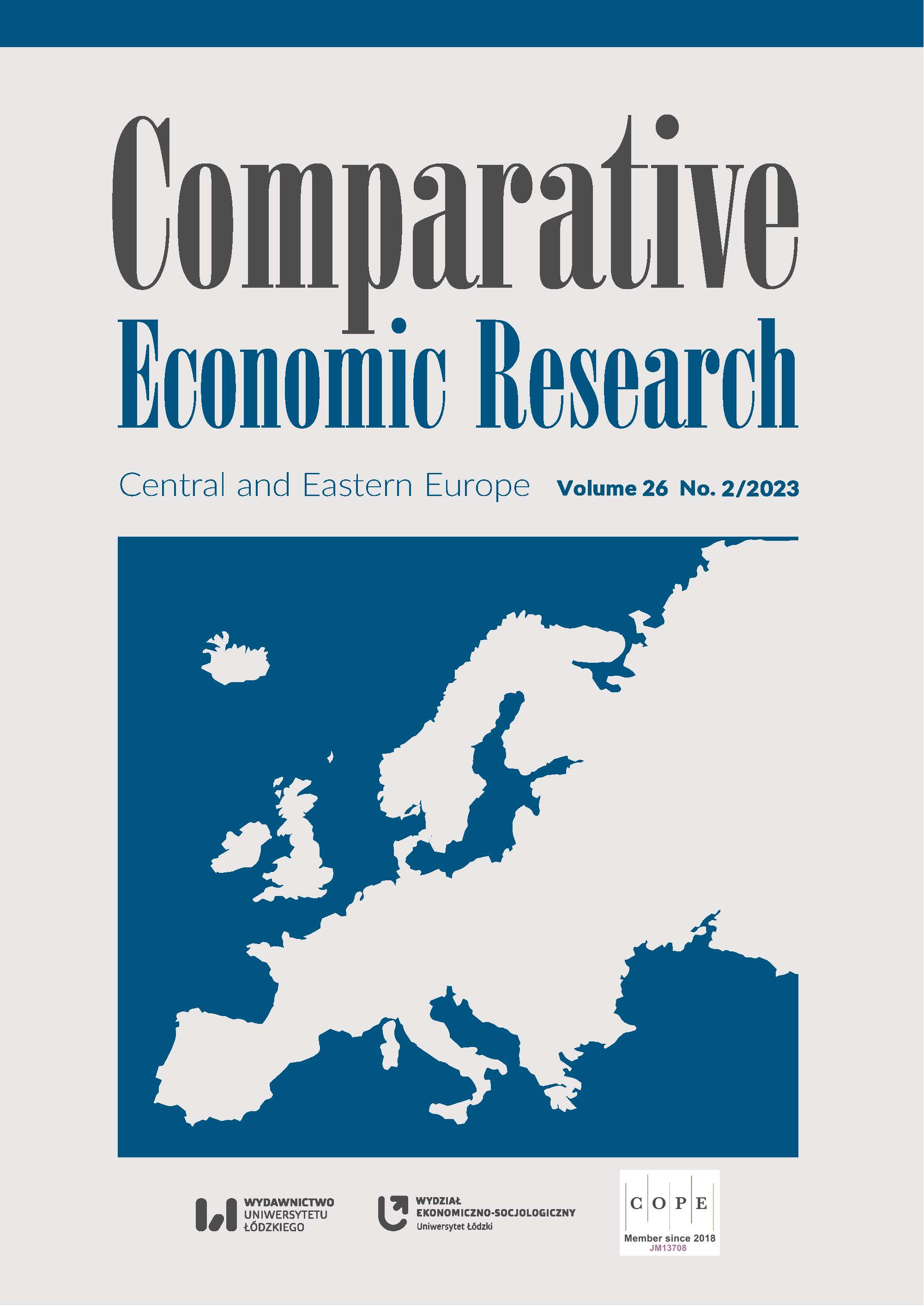Global and European Foreign Trade during the COVID–19 Pandemic
Global and European Foreign Trade during the COVID–19 Pandemic
Author(s): Zofia WysokińskaSubject(s): Economy, International relations/trade, EU-Approach / EU-Accession / EU-Development
Published by: Wydawnictwo Uniwersytetu Łódzkiego
Keywords: European Union; international trade; e‑commerce; digital economy; Digital Europe; Digital Compass
Summary/Abstract: The article aims to answer the following questions: 1) How has the European Union’s international trade developed in terms of goods and geography in the last two years, and to what extent has it been resilient to the effects of the COVID–19 pandemic? 2) To what extent has the ambitious path to the development of the digital economy, including the particularly dynamic development of e‑commerce in recent years, contributed to reducing the negative effects of the COVID–19 pandemic? The results of the research show that the global economy experienced a huge decline in trade in goods and services during the COVID–19 pandemic: World trade in goods fell by 7.4% in 2020, which means that global exports amounted to USD 17.6 trillion, i.e., USD 1.4 trillion less than in the previous year. It was the largest annual decline since the 2009 recession, when trade fell by 22%. However, a much stronger decline was recorded in world trade in services, which in 2020 shrank by 20% compared to 2019. During the COVID–19 pandemic, the dynamic development of global e‑commerce was noted. According to the data presented in the UNCTAD report of May 3, 2021, global e‑commerce increased to USD 26.7 billion. Business‑to‑business (B2B) sales dominate in e‑commerce. E‑commerce accounts for 30% of the world’s gross domestic product (GDP) and covers both business‑to‑business (B2B) and business‑to‑consumer (B2C) sales.
Journal: Comparative Economic Research. Central and Eastern Europe
- Issue Year: 26/2023
- Issue No: 2
- Page Range: 85-104
- Page Count: 20
- Language: English

